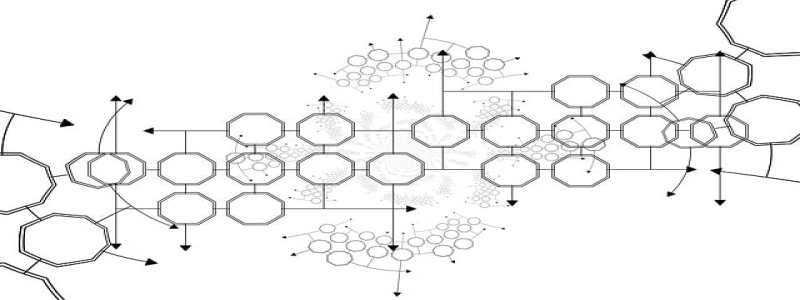SFP+ vs QSFP+: A Comparison of Two High-Speed Networking Interfaces
Introduction:
In the world of high-speed networking, professionals often encounter terms like SFP+ and QSFP+. These are small form-factor pluggable (SFP) transceiver modules that allow for fast data transfer within network infrastructure. While both SFP+ and QSFP+ provide high-speed communication capabilities, they have some key differences. In this article, we will compare SFP+ and QSFP+ in terms of their specifications, application scenarios, and advantages.
I. SFP+: Small Form-Factor Pluggable Plus
1.1 Specification:
The SFP+ interface is an enhanced version of its predecessor, the SFP interface. It supports data rates of up to 10 Gbps and offers a compact size, making it suitable for various networking devices such as switches, routers, and network interface cards (NICs).
1.2 Application scenarios:
SFP+ modules are commonly used in network environments where the data transmission requirements are not exceedingly high. They are ideal for short-range connections within a data center or enterprise network.
1.3 Advantages:
– Cost-effective: SFP+ modules are relatively affordable compared to QSFP+ modules, making them a popular choice in budget-constrained deployments.
– Flexibility: SFP+ supports a wide range of fiber types, including multi-mode and single-mode, allowing for flexible connectivity options based on network requirements.
– Ease of deployment: SFP+ modules are hot-swappable, meaning they can be easily replaced or added without disrupting the network operations.
II. QSFP+: Quad Small Form-Factor Pluggable Plus
2.1 Specification:
The QSFP+ interface, as the name suggests, provides four channels of data transmission in a single compact module. It supports data rates of up to 40 Gbps or even higher in some cases, making it suitable for high-bandwidth applications.
2.2 Application scenarios:
QSFP+ modules are commonly used in network environments that require high-density, high-bandwidth connections over short distances. They are particularly useful in data centers, where multiple servers need to be interconnected.
2.3 Advantages:
– High data rates: QSFP+ modules offer significantly higher data rates compared to SFP+, making them ideal for bandwidth-intensive applications such as data center interconnects and high-performance computing.
– Density: QSFP+ modules provide a higher port density, enabling more connections in a limited space. This is crucial in data center environments where space is a premium.
– Future scalability: With QSFP28 (QSFP+ with 100 Gbps data rates) and QSFPDD (QSFP+ Double Density with 200 Gbps data rates) modules already available, QSFP+ provides a pathway for future scalability as network bandwidth requirements increase.
Conclusion:
SFP+ and QSFP+ are two widely used high-speed networking interfaces that provide fast and reliable data transfer capabilities. While SFP+ is more cost-effective and flexible, QSFP+ offers higher data rates and higher port density. Choosing the right interface depends on the specific networking needs and the intended application scenarios. By understanding the specifications, application scenarios, and advantages of SFP+ and QSFP+, network professionals can make informed decisions for their network infrastructure deployments.







